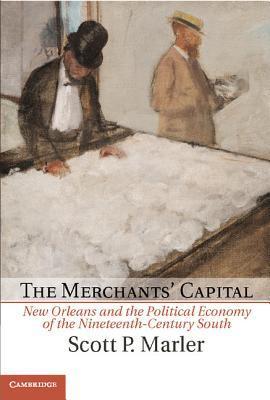
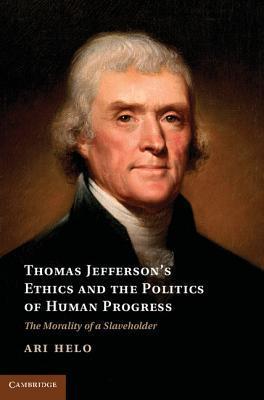
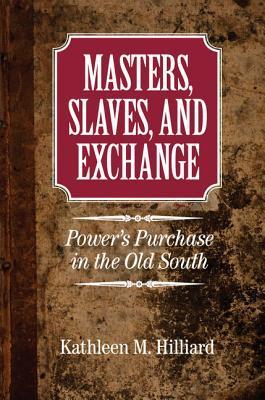
Books in series
African-Atlantic Cultures and the South Carolina Lowcountry
2012

The Merchants' Capital
New Orleans and the Political Economy of the Nineteenth-Century South
2013

Thomas Jefferson's Ethics and the Politics of Human Progress
The Morality of a Slaveholder
2013

Masters, Slaves, and Exchange
Power's Purchase in the Old South
2013
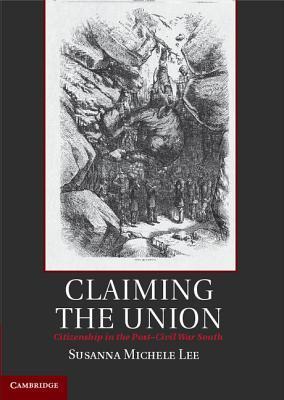
Claiming the Union
2014
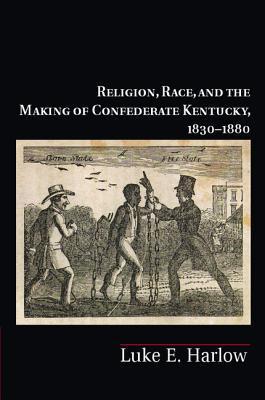
Religion, Race, and the Making of Confederate Kentucky, 1830–1880
2014
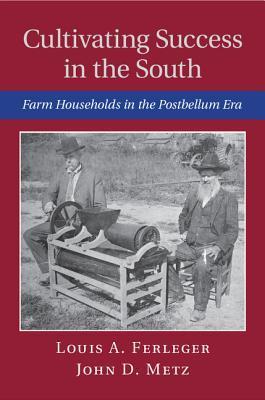
Cultivating Success in the South
Farm Households in the Postbellum Era
2014
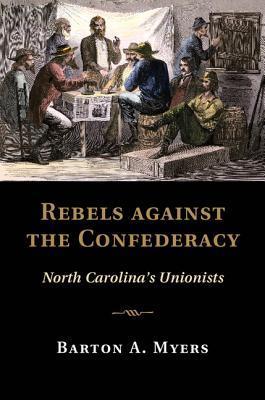
Rebels against the Confederacy
North Carolina's Unionists
2014
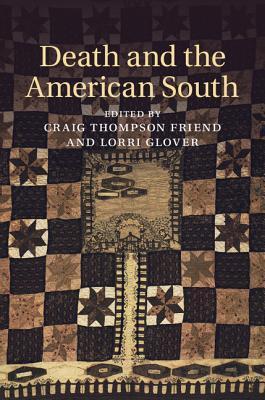
Death and the American South
2014

Religion, Community, and Slavery on the Colonial Southern Frontier
2015
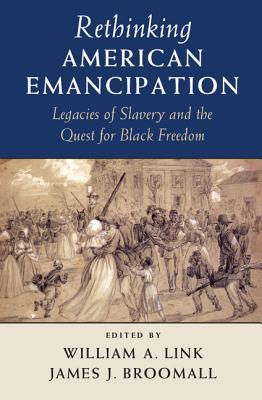
Rethinking American Emancipation
Legacies of Slavery and the Quest for Black Freedom
2015
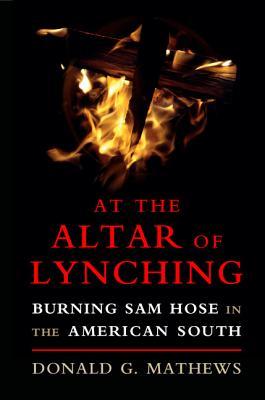
At the Altar of Lynching
Burning Sam Hose in the American South
2017
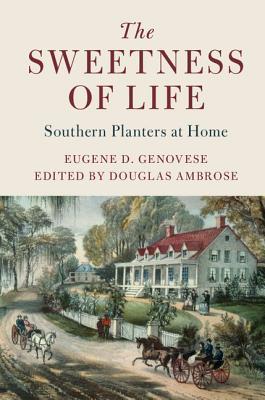
The Sweetness of Life
Southern Planters at Home
2017
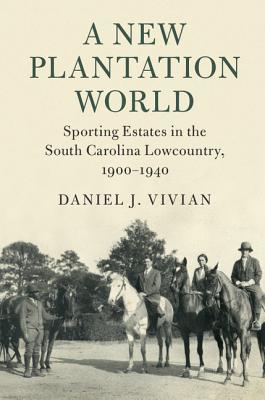
A New Plantation World
Sporting Estates in the South Carolina Lowcountry, 1900–1940
2018

Civil War and Agrarian Unrest
The Confederate South and Southern Italy
2018
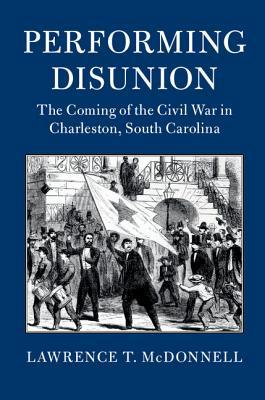
Performing Disunion
The Coming of the Civil War in Charleston, South Carolina
2018
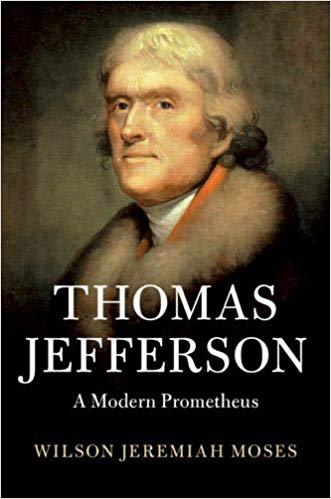
Thomas Jefferson
A Modern Prometheus
2019
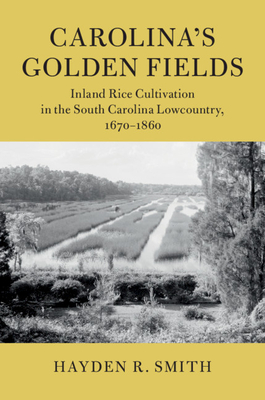
Carolina's Golden Fields
Inland Rice Cultivation in the South Carolina Lowcountry, 1670–1860
2019
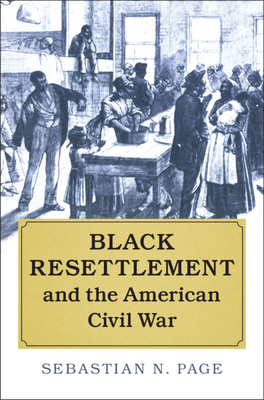
Black Resettlement and the American Civil War
2021
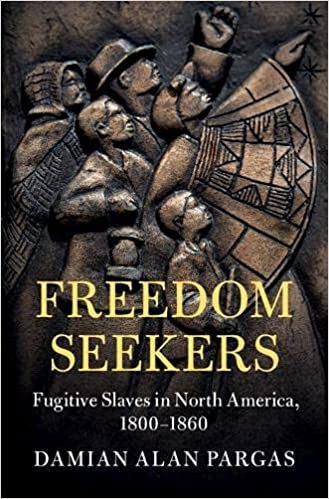
Freedom Seekers
Fugitive Slaves in North America, 1800–1860
2022
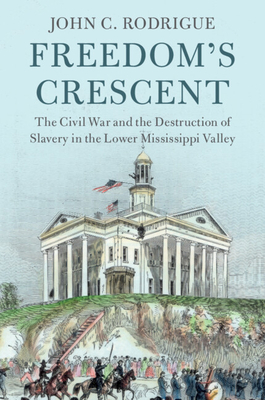
Freedom's Crescent
The Civil War and the Destruction of Slavery in the Lower Mississippi Valley
2022
Authors
